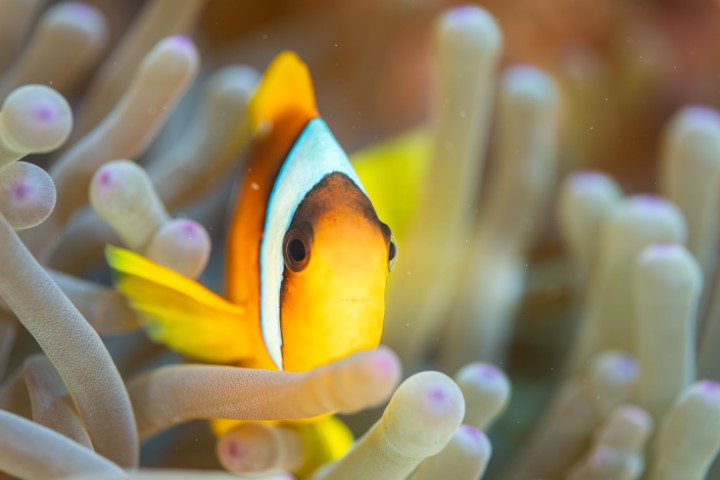Feminist Art: Empowering Women through Creativity
Throughout history, art has been a powerful tool for expressing emotions, challenging societal norms, and advocating for social justice. In the realm of feminist art, women have found an outlet to explore their experiences, reclaim their narratives, and empower themselves. This form of art not only breaks traditional boundaries but also creates a platform for women’s voices to be heard and celebrated.
Feminist art emerged as a response to the male-dominated art world that often depicted women through the male gaze, objectifying and silencing them. Artists such as Judy Chicago, Frida Kahlo, and Kara Walker paved the way for generations to come by using their creativity to tackle issues such as gender inequality, reproductive rights, and the intersectionality of race and gender.
One of the defining characteristics of feminist art is its ability to challenge existing power structures and beliefs. Female artists question the societal norms imposed on them, exposing the oppressive nature of gender roles and expectations. They shine a light on the inequalities faced by women in various spheres of life and offer alternative narratives that empower and uplift.
Moreover, feminist art celebrates the unique experiences and perspectives of women. It gives voice to marginalized communities and highlights their struggles and triumphs. By using art as a means of communication, women can share their stories and connect with others who may have had similar experiences. This creates a sense of solidarity and unity, inspiring women worldwide to embrace their identities and stand up for their rights.
Feminist art also challenges the notion of the “ideal” female body. Artists have long been reclaiming and redefining beauty standards, presenting diverse representations of women in their artwork. Through paintings, sculptures, and photography, they dismantle the objectification of women’s bodies by presenting them as living, breathing entities with agency and autonomy.
Additionally, feminist art provides a safe space for healing and catharsis. Women often use their creativity as a therapeutic outlet, allowing them to process trauma, personal experiences, and societal injustices. By turning their pain into powerful art, they rewrite their own narratives and find solace in a community that understands their struggles.
Furthermore, feminist art encourages dialogue and raises awareness about pressing issues. It sparks conversations about gender equality, reproductive rights, domestic violence, and many other topics that are often silenced or neglected. By confronting these issues head-on, artists provoke societal reflection and promote change by challenging deep-rooted beliefs and practices.
In recent years, the influence of feminist art has expanded beyond the art world, permeating popular culture and everyday life. This form of art has gained recognition and validation, leading to the inclusion of more women artists in exhibitions, museums, and galleries. It has become an integral part of the feminist movement, inspiring activism and advocacy in various spheres.
In conclusion, feminist art is a powerful tool for empowering women through creativity. By challenging societal norms, reclaiming their narratives, and celebrating their unique perspectives, female artists create space for dialogue, healing, and unity. Through their art, women can break free from the constraints that society places on them, reclaim their agency, and create a better future for generations to come.














